What is the Kali date?
“Kali dates” is another name for “Kalute dates.” In the local areas where Kali dates are grown, they may be known by different names, and “Kali dates” is one of the variations used to refer to this type of date. The name “Kalute” or “Kali” is used interchangeably to describe the same variety of dates.
If we combine the softness, delicacy, sensitivity, and blackness of Mazafati dates with the mischievous redness of Piarom dates and the resistance of Zahedi dates, we get a hearty combination called Kali date, which is considered one of the semi-moist, semi-dry dates, and like the vast majority of its counterparts, the root in the southeastern regions of Iran. This date is cultivated in the Jiroft region and along with its surrounding villages in Kerman province.
This fruit is red at the beginning, in its initial stage, known as Kharak, and in terms of shape, it is very similar to the Mazafati date, the reason for which we can find in the short distance between the cities of their main sources, Bam and Jiroft. In addition to Kerman, date farmers in the southern provinces of Iran also grow this date palm, and many people in the local areas where this date grows know it by other names such as Kalite or Karite.
Kali date has very high health quality and is one of the important commercial cultivars. Its harvest starts at the beginning of September, and the palm fruit is large. Due to its high quality and relatively reasonable price, this date has always had a suitable domestic and international market, so it is considered one of the most important export varieties of Iranian dates. We export these dates to many countries from different continents around the world; From Germany and Turkey to Syria, Malaysia, Brazil, etc.
Main features
Kali date palm has interesting features. This strange creature is one of the tallest trees, and it survives only in group life. In the Jiroft region of Kerman, there are many dense groves cultivated with Kali dates, which have a high altitude. In addition to its interesting taste and balanced texture – not too dry, not too wet, this date has been able to easily find its place in people’s taste and sell well as a hearty snack with the ability to replace a meal. As we have mentioned, Kali dates belong to the semi-moist category and of course, the juice in the inherent structure of this date is average. The size of this date is between 2 to 4 cm, but in general, its humidity varies from 13% to 23%, which is actually related to its type and stage of growth.
During the holy month of Ramadan, there is a high demand for this date as it provides a potion of energy and minerals to compensate for skipped meals. Due to the high demand in this month, the selling price of this date reaches the highest possible level in the holy month, but it has a lower and cheaper price for the rest of the year.
This date has a lot of flesh and you can count on it to relieve fatigue and hunger on busy days and times of need and carry it with you as an easily accessible snack.
Multiple forms of use
The fleshy texture of the Kali date is soft and crispy at the same time, and it is one of the richest known dates. This date is a mid-ripe fruit, which means it does not reach the fruiting stage very soon, nor does it stay in the raw stage for a long time. It is also one of the largest dates and has a very hard texture that does not stick to the flesh very much. The fruit cap is usually separated from the core.
Due to its several characteristics, Kali dates are consumed in different ways, and after washing and removing the seed, uses its flesh in the form of cut into shapes, cut into pieces, and kneaded in many delicious cakes, desserts, purees, and snacks. The syrup of this date is also used to produce all kinds of drinks and alcohol. In general, it is a useful product in every way.
Regarding maintenance, shelf time, transfer
As we mentioned before, Kali date is a semi-moist date; It is neither juicy and sensitive like Mazafati, nor dry and resistant like Zahedi. Date growers start harvesting Kali dates from the end of the Rotab stage at the beginning of September, and continue until the end of September when the fruits are almost fully ripe and at the peak of their sweetness. In the next step, they generally store them in a cool place. The most suitable temperature for keeping it healthy is below 5 degrees Celsius. It is also better to store Kali dates in sterilized and completely hygienic environments, and after washing and drying, be sure to pack them in a non-humid place. Some Rotab manufacturers sell it semi-dry, which does not need to be kept at a low temperature.
You can consider different durability and shelf times for it according to its dual nature. For example, its semi-dry form has a longer shelf life compared to moist or Rotab (Its final stage, known as Rotab), and its maintenance and transportation don’t require trucks with huge industrial refrigerators and cold stores. Therefore, it occupies a larger part of the market.
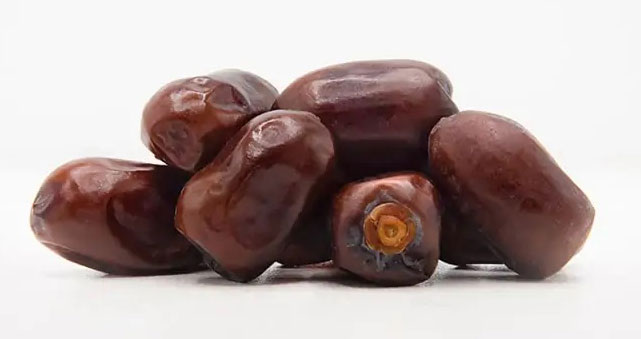
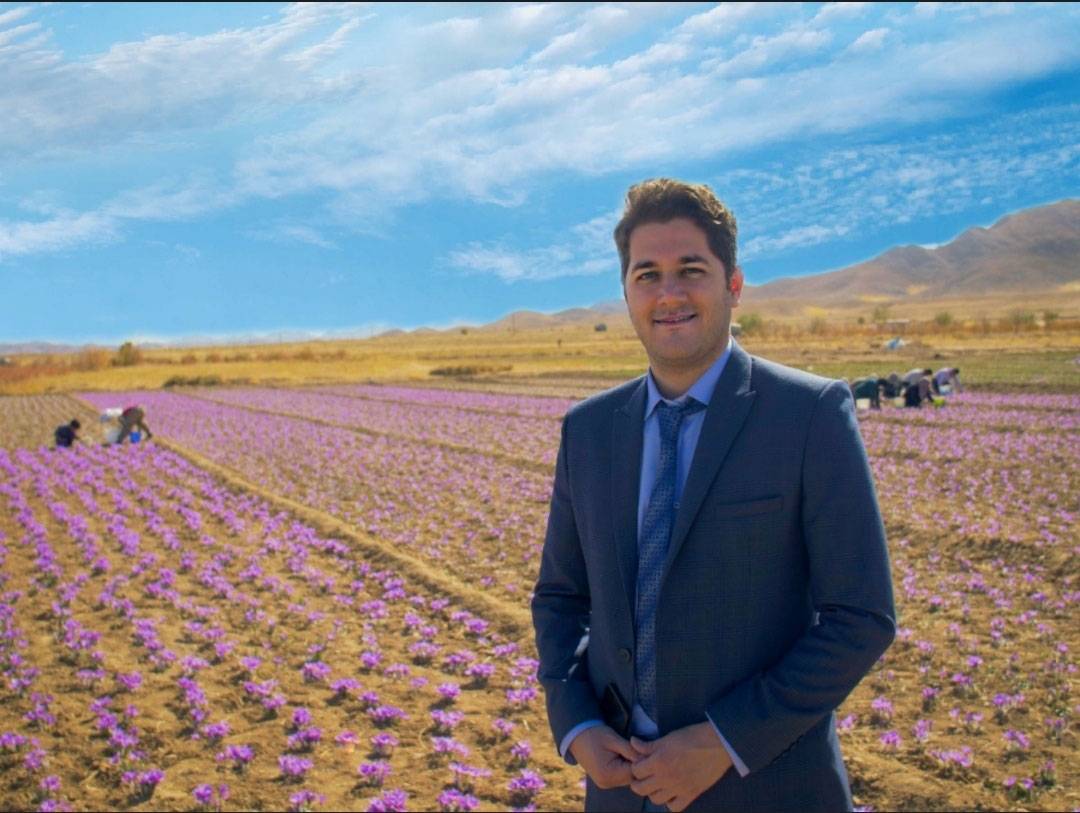
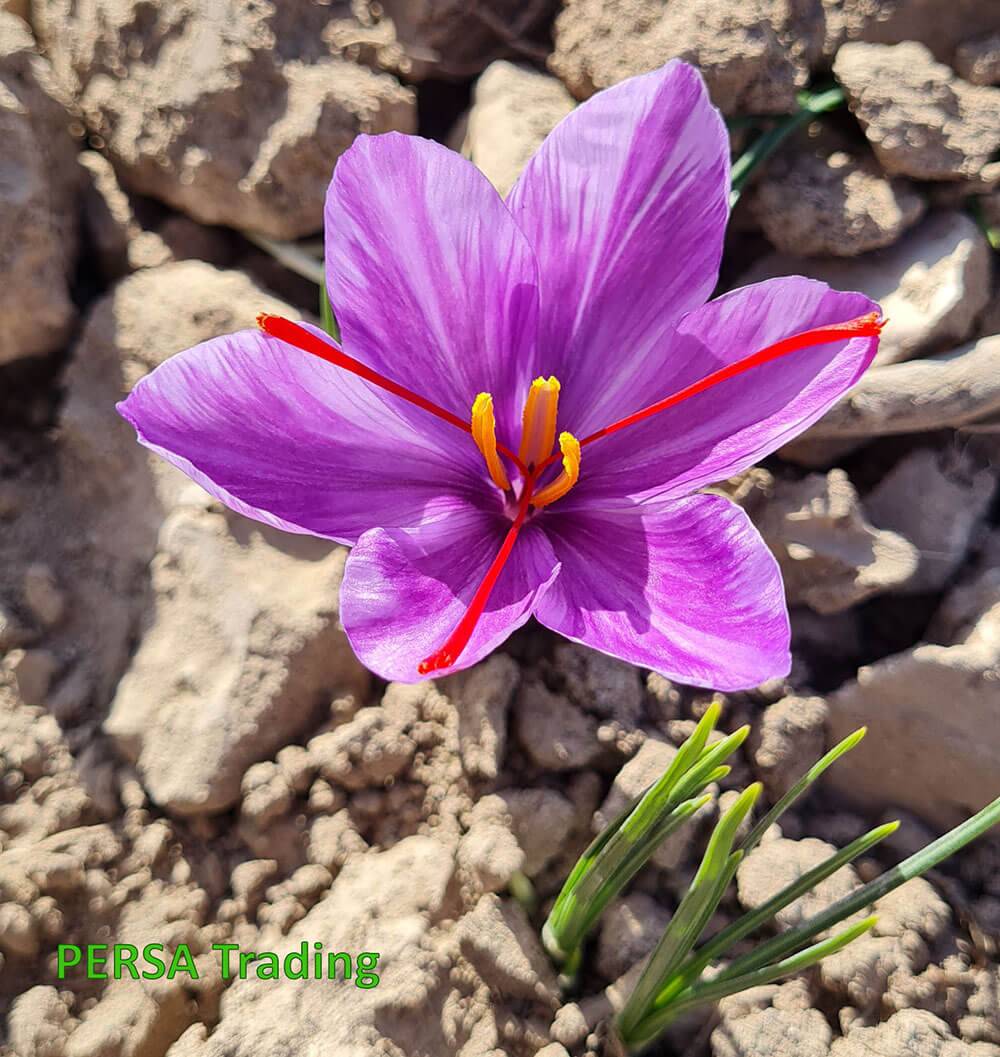
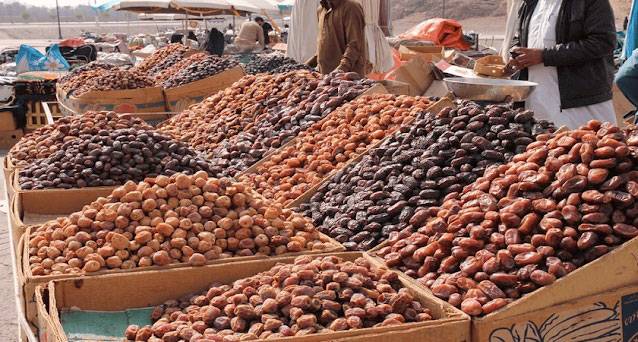
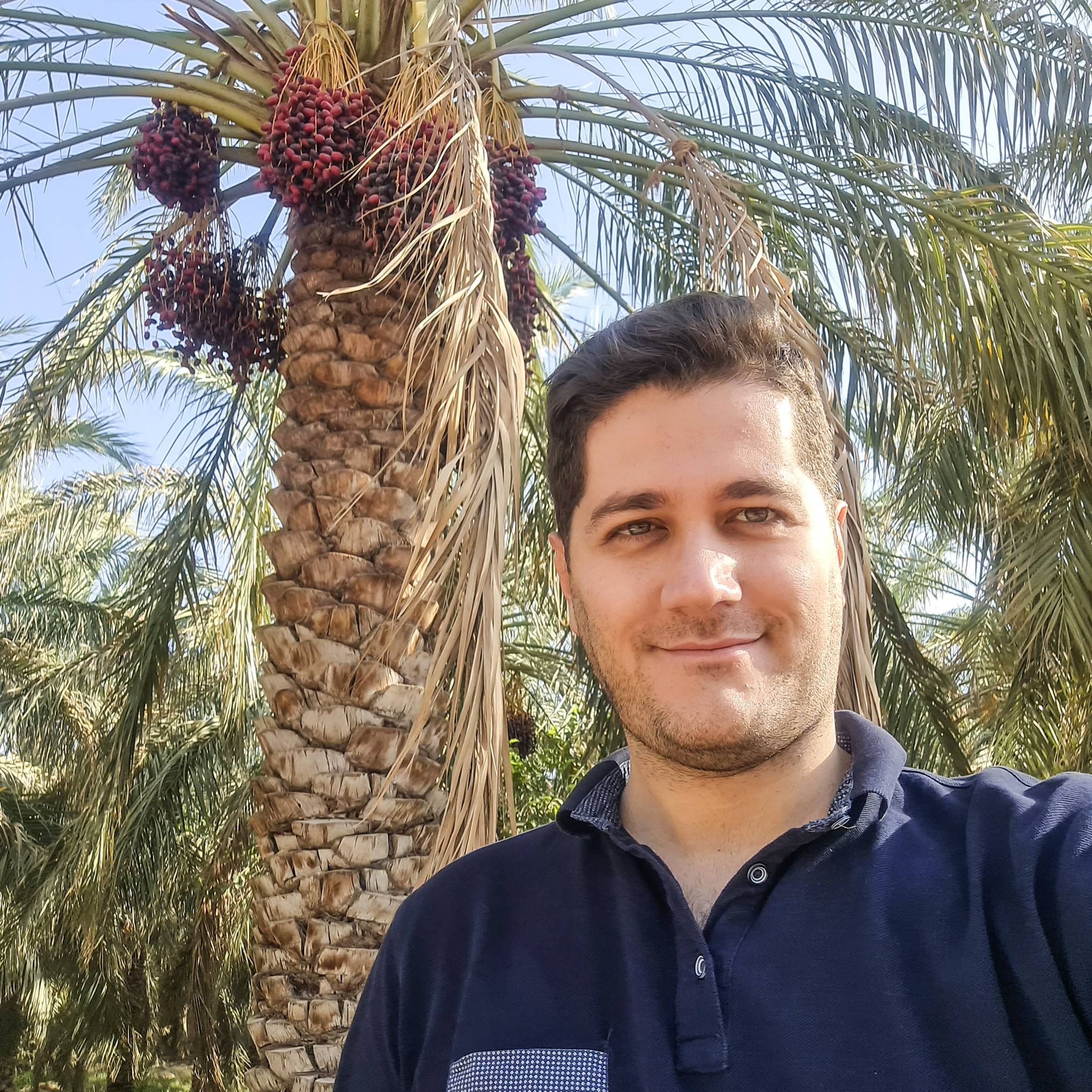
Ryan
I’m intrigued by Kali dates! Can you provide more info about their taste and how they compare to other date varieties? Also, do you ship internationally?
Nemat Asif
Selam kardeşim,
Could you share details about the ordering process, payment options, and estimated delivery time?
Ryan Berin
Can you explain how Kali dates are harvested and processed? Also, any special packaging for longer journeys?
Dmitry
Hello,
Can you share any special offers or discounts for bulk purchases during the holy month?
Preet
I liked Kali (Kalute) dates taste. It’s different from other varieties of dates! I think it’s better to pack Kali dates like other dates small consumer friendly packages.